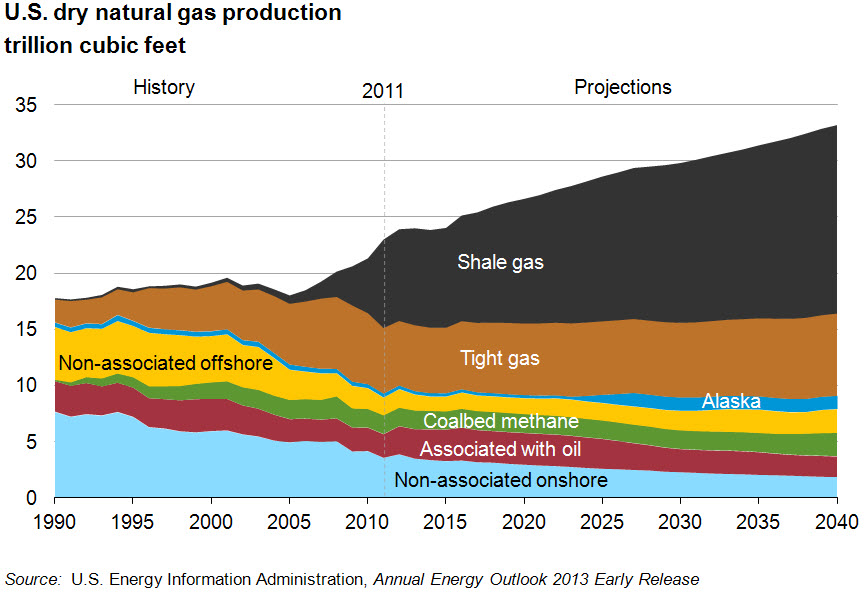
Carbon taxing is widely discussed, but New Zealand may be the first to tax a source of methane emissions usually excluded from discussions around bank and government conference rooms. The new source of carbon taxes? Cows and sheep.

Since the Global Methane Pledge of COP 26 in Glasgow, Scotland, countries have promised to reduce methane by 30% by 2030, with 100 nations participating. Methane is the second-most prolific greenhouse gas, and while it has a shorter life than carbon dioxide, methane is far more potent and dangerous. Over a 20 year period, methane is over 80 times more potent than carbon dioxide. So, stopping methane emissions is both a short-term step and a big win.

Over 40% of methane (CH4) comes from natural sources like land, especially wetlands, but the rest is human-driven. Natural gas, especially that obtained by hydraulic fracturing or fracking, accounts for a major part of methane emissions: the United States leads in this sad statistic. Fracked shale wells may leak over 7% of the methane in the atmosphere.

But methane is also emitted when sheep and cows burp. And New Zealand has plenty of both. While there are only five million people in New Zealand, there are 26 million sheep and 10 million cows. Half of New Zealand’s methane emissions come from animal sources. Under the taxation proposal, starting in 2025, farmers will pay a carbon tax on their animal belches. Monies derived will be directed to agricultural research and approaches to dietary change. Reducing beef and lamb consumption will help lessen methane emissions, and conserve land now used for grazing. For cattle and sheep that remain, nutritional approaches like including lemongrass or seaweed in animal feed may also mitigate methane release. Australia is feeding cows a form of pink seaweed “Asparagopsis” that reduces the carbon in burps (and flatulence) by 99%. That’s significant because one dairy cow can emit enough methane to fill 500 liter bottles – per day.

New Zealand would be the first country to place a price, and a tax, on agricultural emissions. Will this financial innovation help to balance the food-water-energy nexus?
CCBC. “Climate change: how cow burps and pink seaweed can affect the planet.” 17 August 2019. https://www.bbc.co.uk/newsround/49368462
Friedlander, Blaine. “Study: Fracking prompts global spike in atmospheric methane.” 14 August 2019. Cornell Chronicle. Cornell University. https:/news.cornell.edu/stories/2019/08/study-fracking-prompts-global-spike-atmosphereic-methane
Global Methane Pledge. https://www.globalmethanepledge.org/
Hoskins, Peter. “Climate change: New Zealand’s plan to tax cow and sheep burps.” 9 June 2022. BBC News. https://www.bbc.co.uk/news/business-61741352
Plewis, Ian. “Taking action on hot air: Why agriculture is the key to reducing UK methane emissions.” 24 May 2022. University of Manchester, UK. https://blog.policy.manchester.ac.uk/sci-tech/2022/05/taking-action-on-hot-air-why-agriculture-is-the-key-to-reducing-uk-methane-emissions/
Spang, Edware et al., “Food-Energy-Water-(FEW) Nexus: Informal Water Systems.” https://spang.ucdavis.edu/food-energy-water-few-nexus
Building the World Blog by Kathleen Lusk Brooke and Zoe G. Quinn is licensed under a Creative Commons Attribution-NonCommercial-NoDerivs 3.0 Un